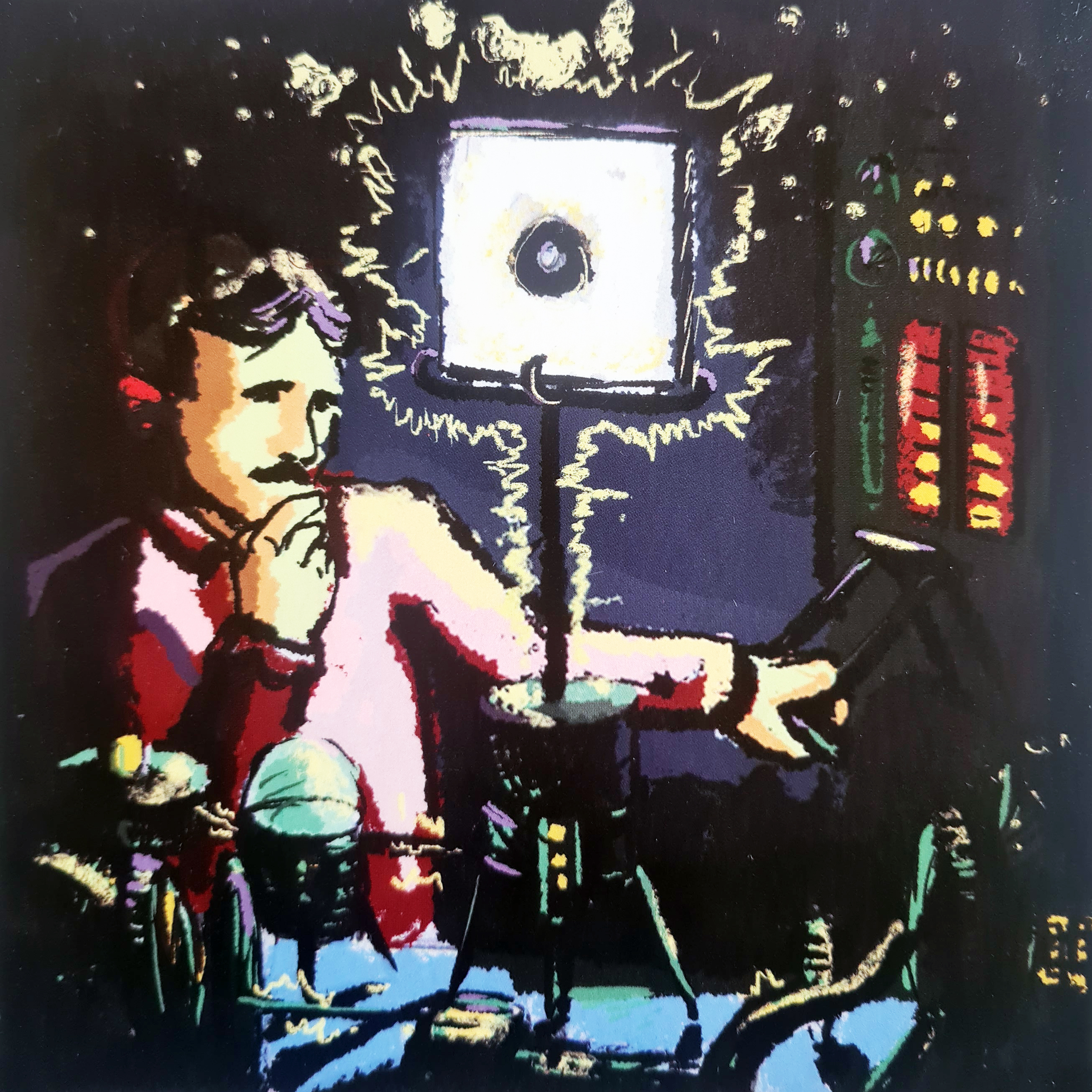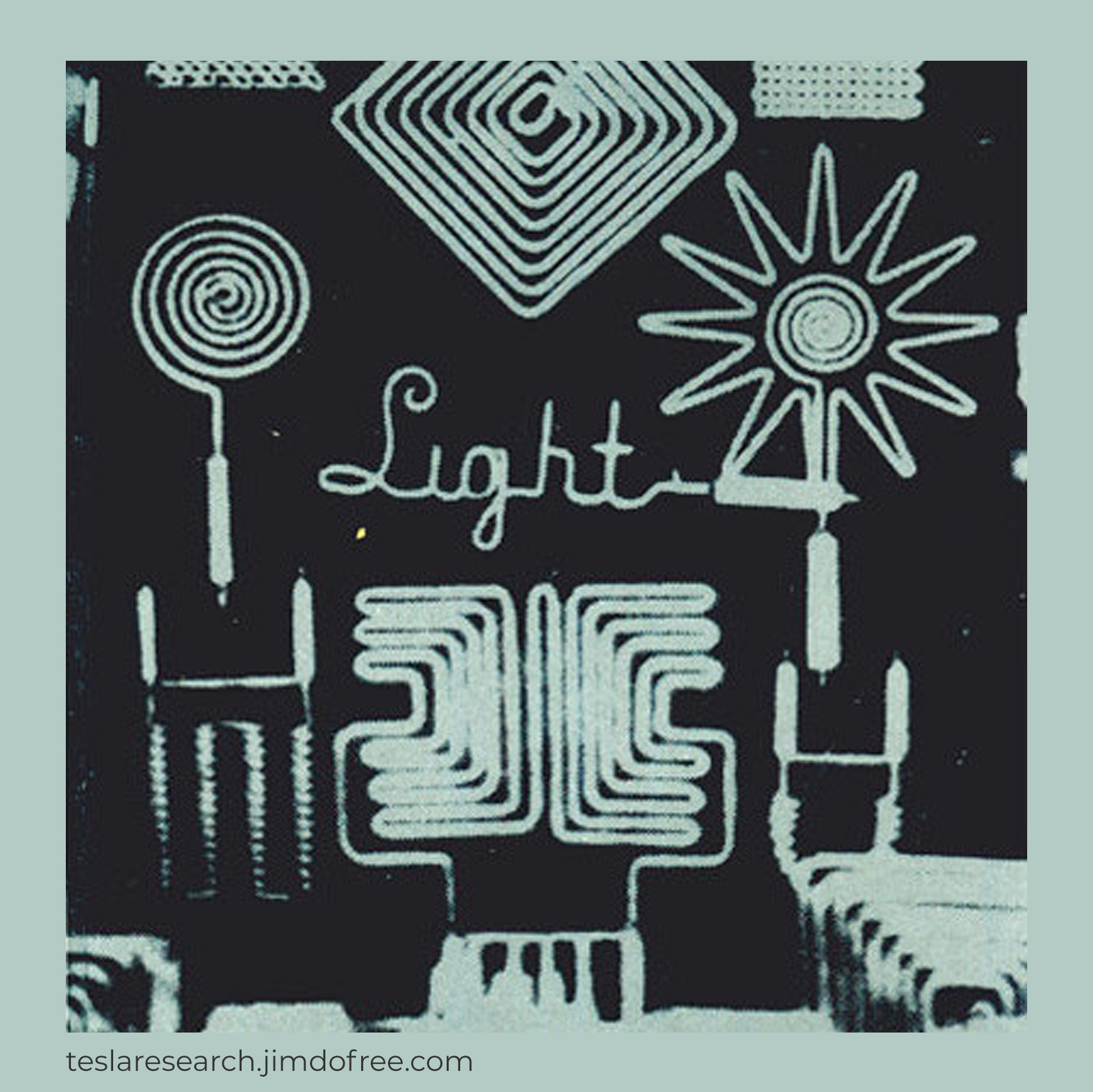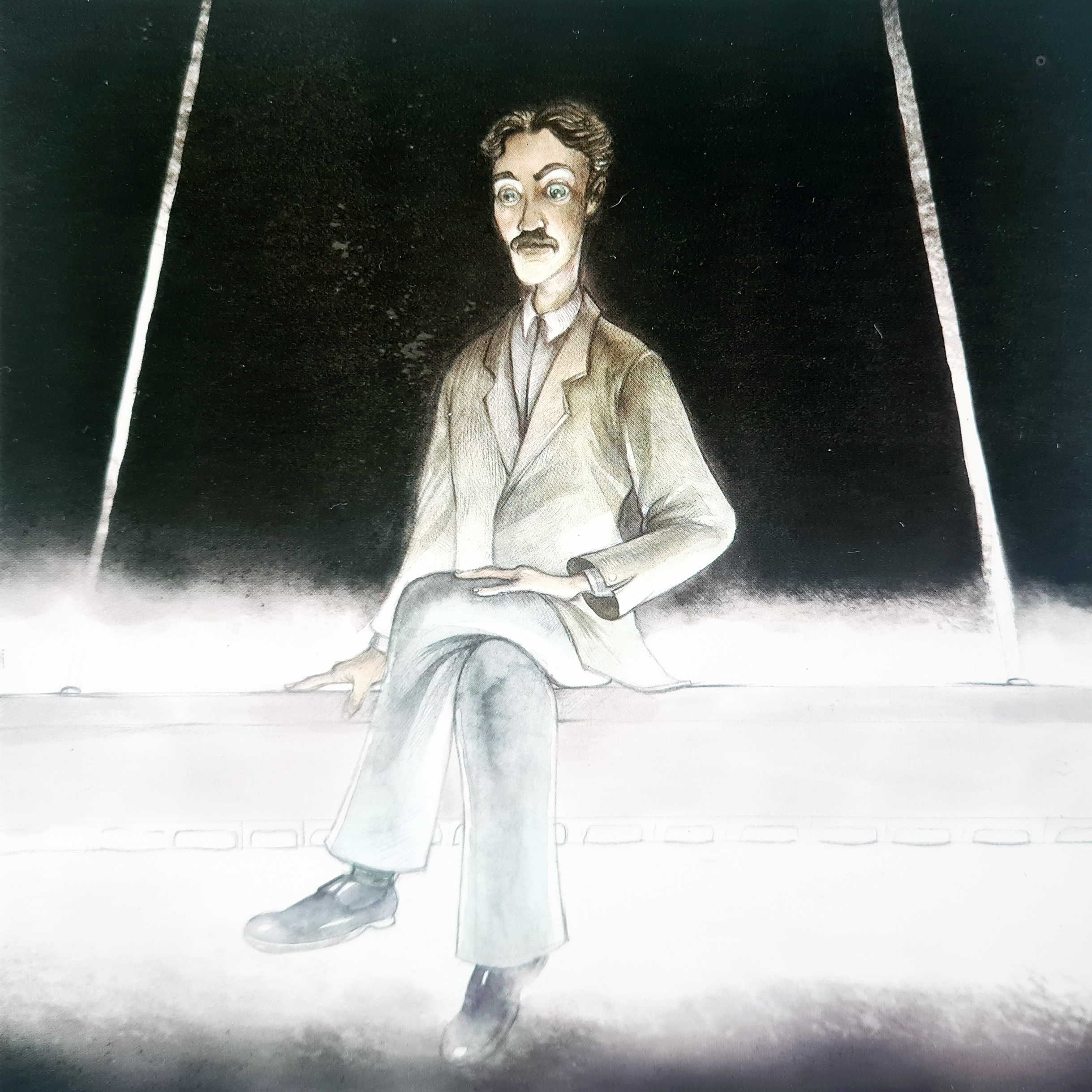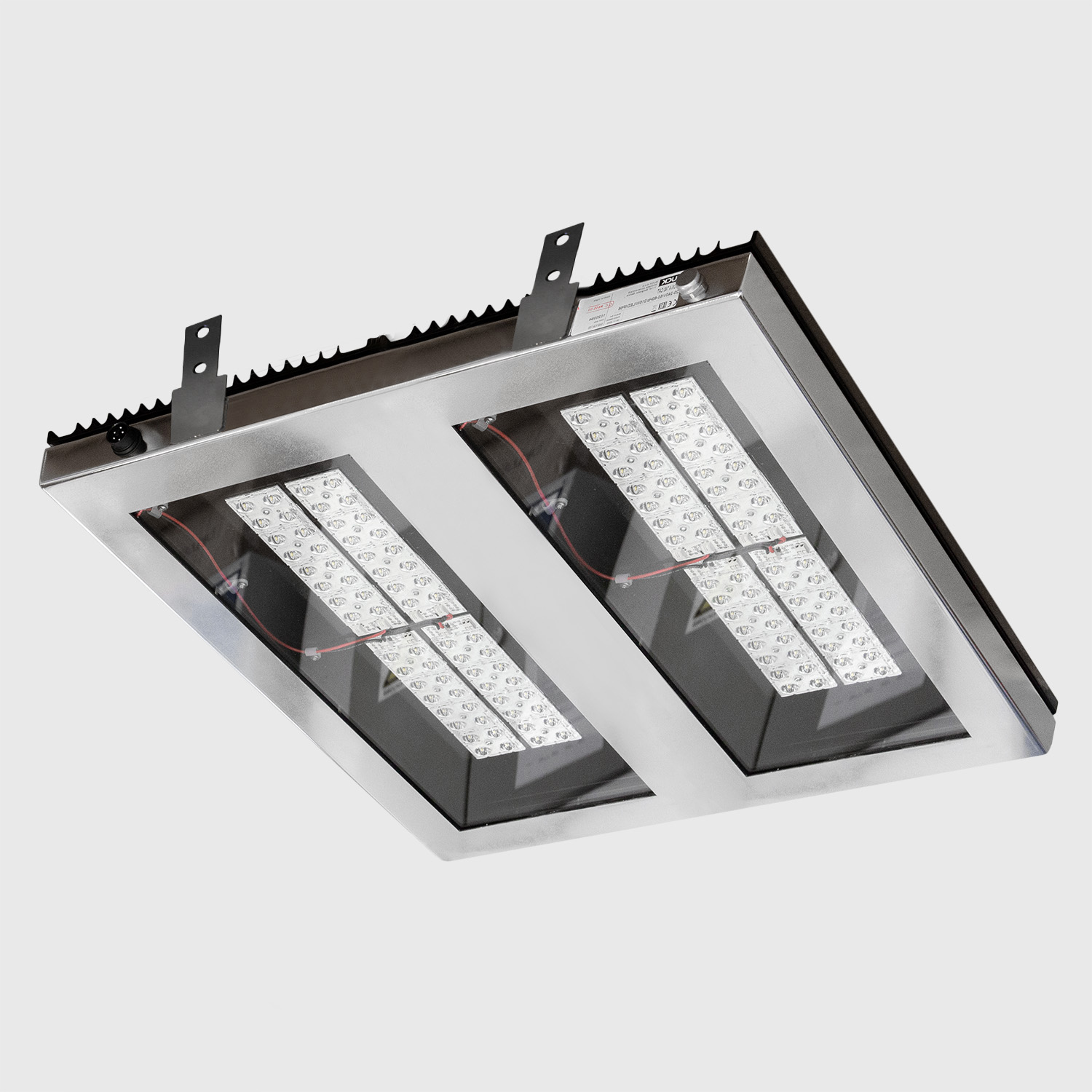Nikola Tesla was one of the greatest scientists and inventors of all time. Tesla’s life was like a movie, a story about a brilliant and charismatic genius who created the world we see today with his incredible talent. He was so ahead of his time that many of his ideas came to fruition only today. His legacy can be seen in everything, from microwave ovens to projectiles. Its technological advances have transformed America from a nation of isolated communities into a country connected by electrical networks in which information was available on demand. Soon after America, his inventions reached other parts of the world, and in that way, his dream of a technology that is available to everyone and everywhere came true. Tesla’s life inspires us that we can achieve everything we imagine, especially with electricity.
First reasearch in the field of electrical lighting
Various inventors of early electric light sources knew of two ways to create light: the passage of current through wires or fibres that would cause them to glow, and the creation of electric arcs between electrodes. This second method was never suitable for general lighting despite the intense light created. As for incandescent filaments, materials that give light when burned, most materials do not behave well when heated near their melting point. They then oxidize, unless they are surrounded by a vacuum or internal gas, and destroy themselves. The discovery of durable fibres, however, did not solve the deeper problem in incandescent lighting physics because there was still the problem of energy dissipation. In the case of a standard 60-watt light bulb, only a few per cent of the total air energy is in the light frequency range. The rest of the energy is wasted in the form of heat.

Tesla and lighting inventions
“I predict that very soon the old-fashioned incandescent light bulb, which is heated to glow by the flow of electricity through it, will completely disappear.” Those are the words with which Nikola Tesla in 1930. described the future of electric lighting as he saw it.
Tesla began his research in the field of light physics at the very beginning of his career. He applied as his first patent, an electric arc lamp, upon his arrival in the United States, on March 30, 1884, immediately after leaving Edison’s company and founding his own company, Tesla Electric Light and Manufacturing. In the list of many inventions of Nikola Tesla, we can find many types of electric light bulbs, all of which are designed to work with high-frequency power supply units. Some of these light bulbs were the forerunners of today’s fluorescent tubes. Recently, a small California company announced the production of a high-frequency fluorescent light bulb with a power supply, called E-lamp, which has a striking resemblance to the light bulb that Tesla designed and built almost a hundred years ago. The second type of light bulb invented by this scientist was essentially the same as the thin neon-filled tubes used today for marketing purposes, for example when decorating shop windows. They bend and shape and we can often see them in movie frames. The third type of electric light bulb designed by Tesla is known as a charcoal lamp with an incandescent filament. It was capable of producing light with high levels of efficiency, much larger than the standard incandescent bulb we are all familiar with.

His invention, which he patented in 1891 under the name “Electric incandescent light bulb”, was recently adopted by the United States Armed Forces as part of a high-intensity portable lighting system. The lamp itself consists of a spark enclosed inside a small glass bulb filled with gas. Tesla also patented its oscillator with a spark and the so-called “Tesla coil” as energy sources for this new lighting system that used high frequency currents and high potential. His study of high-voltage, high-frequency alternating currents led to the development of a large number of vacuum tubes, some of which also have medical applications.
The carbon button lamp, invented by Nikola Tesla, is one of the few improved light sources of Thomas Edison’s incandescent bulb. This lamp contains a small carbon sphere located in the centre of the glass bulb. This type of lamp must be powered by a high-frequency alternating current and depending on the electric or vacuum arc it possesses, it can produce a large current around the carbon electrode. The carbon electrode is then heated to incandescence due to the collision of ions that make up the electric current that bombards the carbon button. Since carbon is not the best conductor, this leads to the button heating up and releasing electrons into the vacuum bulb (the technical name is thermal emission or the Edison effect). These electrons, in turn, excite the remaining air molecules and cause them to create visible light. Supposedly, this light bulb should shine 10 times stronger than an incandescent light bulb. The excitation of air molecules, not the glow of a button, is actually the main source of light from a light bulb.

As we have already pointed out, Tesla was a scientist whose vision reached far ahead of the time in which he lived. He saw the importance of wireless technology inventions almost a hundred years ago, and this photo represents a collection of several wireless lamps that are used to illuminate isolated spaces through central wireless plants. The high-frequency oscillator was in operation at a certain distance. The tubes of the lamps themselves were filled with different gases for experimental research and to determine which was more efficient.
Thanks to Tesla world is a much brighter place
Although Edison received many recognitions and praises both during his life and after his death, Tesla is increasingly beginning to gain the significance he deserves at the global level. In addition to the namesake “Tesla Motors”, there is even the light bulb called “Finally” in honour of Tesla and his inventions.












